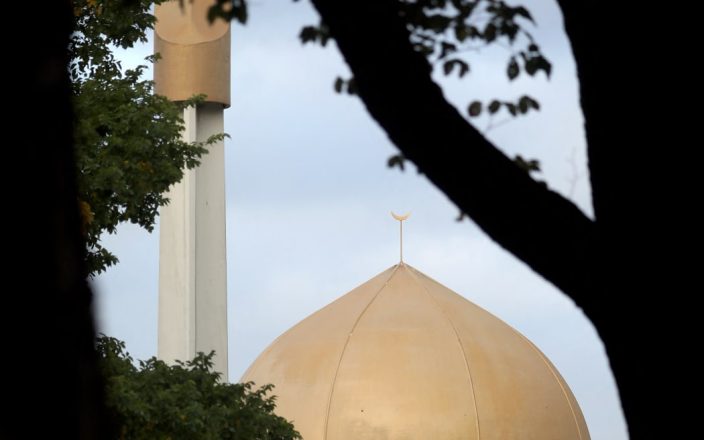在2019年克赖斯特彻奇清真寺袭击事件之后,警方现在分别报告仇恨犯罪。从那时起,他们记录了超过20,000起出于仇恨动机的犯罪。这些罪行被定义为出于对个人特定特征的敌意而采取的行为,这些特征可能包括种族、宗教、性取向、性别认同、残疾或年龄。
7月,警方说,发生了一起出于仇恨动机的袭击,当时一名16岁的男孩在公共汽车上被金属棍击中。向RNZ发布的数据显示,从2020年到今年6月,共报告了20,194起出于仇恨动机的事件。奥克兰市发生了大约3,412起事件,而曼努考郡发生了2540起事件。惠灵顿报告了2445起事件,坎特伯雷报告了2696起事件。北国发生的事件最少,只有536起。
自2020年以来,报告的仇恨犯罪总数一直在上升。报告从2020年的1300多份增加到去年的近6,400份。警方表示,这种增长是由于认识的提高和举报的改善,不一定是仇恨犯罪的总体上升。
预防与变革总监梅尔·威尔逊·图阿拉-法塔表示,举报仇恨犯罪仍然是新事物,警方正在努力改善这些事件的记录方式。她强调,基于仇恨或偏见的暴力是不可接受的,并鼓励任何感到不安全或成为攻击目标的人向警方举报。
警方了解仇恨犯罪对个人和社区的严重影响。他们调查所有关于暴力极端主义和仇恨相关事件的报道。警方将仇恨犯罪分为六个受保护的特征,承认一种犯罪可能针对多个群体或特征。




























































